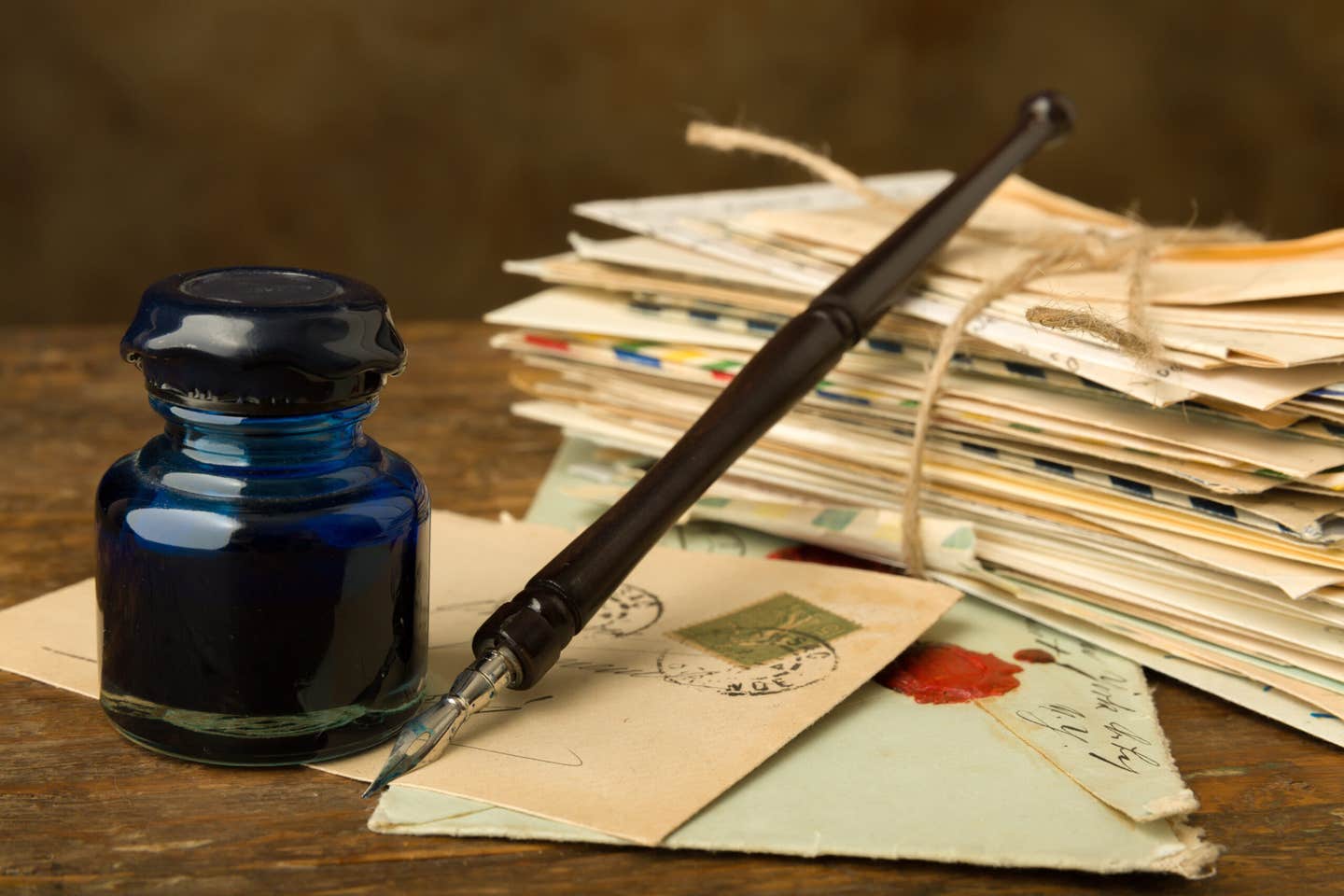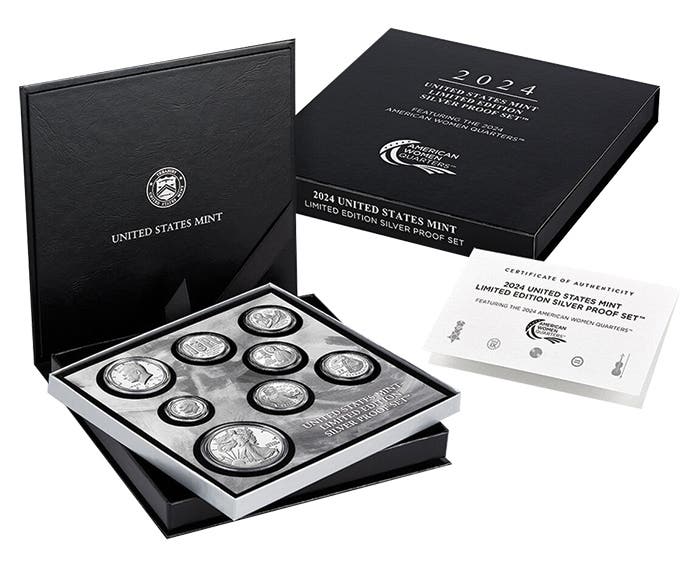Letters to the Editor (Nov. 3, 2015)
If Jackson goes, take FDR off of the dime All of the talk of taking Jackson off the $20 bill seems like a good idea to many people based on…
If Jackson goes, take FDR off of the dime
All of the talk of taking Jackson off the $20 bill seems like a good idea to many people based on Jackson’s treatment of the Cherokee Indians. While this is not the proudest moment in U.S. history it is not the only instance of forced relocation of Americans. I refer to the internment of Japanese-Americans during World War Two.
If we are going to remove Jackson from the $20 bill we must also give very serious consideration to removing President Roosevelt from the dime.
If we look at both cases they are very similar, but in many ways Roosevelt’s may be the bigger sin. President Roosevelt signed Executive Order 9066, on Feb. 19, 1942. By doing this he removed over 110,000 Japanese from California to many God-forsaken places in the United States. Of these Over 80,000 were born in the United States and were thus American citizens. In contrast Jackson removed American Indians, white’s who had married Native Americans and 1, 592 slaves of the Cherokee, for a total of 18,335.
The Cherokee where able to move around their new homes in Oklahoma. The Japanese-Americans were confined to barb wire enclosures.
Both groups were moved for economic reasons. The American Indians lost their lands and the Japanese-Americans lost their businesses, in both cases to the white population. In both cases they lost their homes. There is more behind each of these cases, but it could take a book to explore them all. Both Presidents were popular in their day and both were pressured into their decisions.
The fact remains that if you remove one of them from our money you should really remove the other. In fact if you look hard enough you could find excuses to remove every one now on U.S. coins and currency.
Ed Flanders
Rothschild, Wis.
Too many birds on National Park quarters
What is with the America the Beautiful program? It appears the Mint is in a rut.
The designs for the Everglades in Florida, Kisatchie in Louisiana, and Bombay Hook in Delaware look so similar, each featuring a large bird. It is beginning to look like the ATB program is becoming the “Big Bird” program. Let’s hope variety is the name of the game in 2016 and beyond.
Joseph M. Hopkins
Norcross, Ga.
Author seeks stories about early proof coins
I am currently working on a small book about the 1936-42 proof coins. Any contributions, anecdotes, ideas and suggestions from Numismatic News readers would be appreciated.
Roger Burdette
accurateye@aol.com
NN ‘Letters’ offer history lessons
I wish to thank Bill Tuttle for the informative history regarding China and Taiwan in the Oct. 6 issue of Numismatic News. It just demonstrates again how much one can learn through coin collecting.
Klaus Schwalfenberg
Torrance, Calif.
Reader still a fan of early copper cents
I don’t like the new cents. The big old coppers made you feel like you had some real money in your pocket. These flimsy little new copper-nickel things look like they’re worth squat. And this flying eagle design is for the birds.
I predict that with our money being degraded like this, it won’t be long before you won’t be able to buy a decent sandwich for a cent any more. I also predict that it won’t be long before some smart-alecks with time on their hands will be re-engraving that flying eagle into some unmentionable male body parts.
As you might guess from my little mental time travel above, the cent has been in decline since 1857.
Frank S. Robinson
Albany, N.Y.
Silver buyers turn to 5-ounce ATB coins
Let’s talk a little about the silver to gold ratio. I would be interested in hearing what others have to say about this topic.
Relating to the math behind it, perhaps it goes something like this:
If silver is at $15 an ounce and gold is at $1,125 an ounce, then 75 ounces of spot silver will equal one ounce of gold at spot.
If silver goes up $1 an ounce (which it can do pretty quickly), gold would have to go up $75 an ounce, which it doesn’t necessarily do as quickly. So in a flipping short-term buy-sell mode, silver is the better investment. But, one would have to weigh how close to spot you can purchase the silver.
It seems that high premiums are kept on American silver Eagles or Morgans, despite the spot price dropping. Meaning when spot silver was at $17 an ounce, Eagles may have been selling by many dealers at a $3.50 premium putting a purchase price on a silver Eagle at about $20.50 or $21 a coin. With spot silver dropping to below $15, Eagles are still selling at $20 or more.
If one looks at the generic rounds many times these can be had at about $1 an ounce premium over spot, particularly if it is being sold in something like the 5-ounce coins.
Speaking about 5-ounce coins, the recent Bombay Hook 5-ounce bullion America the Beautiful coins at a mintage from the U.S. Mint of 45,000 sold out in one day, due largely to the explosive bullion buyer market that is strapped and shorted on supplies of American silver Eagle 1 ounce coins turning to other forms of government backed minted bullion silver.
Premiums on these from the large dealers ranged from about $3 an ounce over spot if secured via a pre-sale (about $89) to close to $10 an ounce premiums over spot currently (at about $120 on eBay, etc) since they are sold out and in high demand. Only time will tell if these premiums will hold.
I would welcome hearing others’ thoughts on this topic.
Robert Matitia
Address withheld
This article was originally printed in Numismatic News.
>> Subscribe today or get your >> Digital Subscription
More Collecting Resources
• Are you a U.S. coin collector? Check out the 2016 U.S. Coin Digest for the most recent coin prices.
• Download The Metal Mania Seminar with David Harper to learn more about the metals market.









